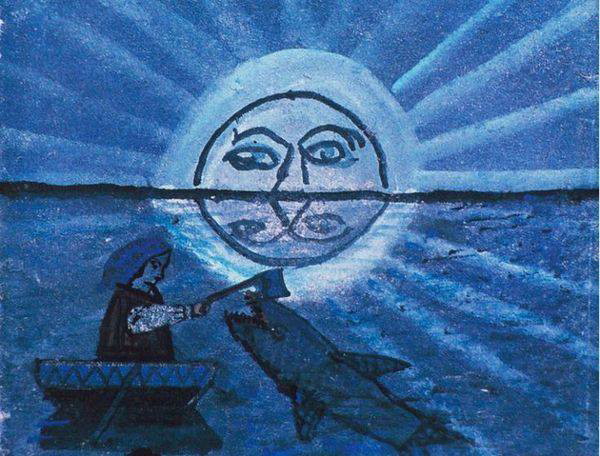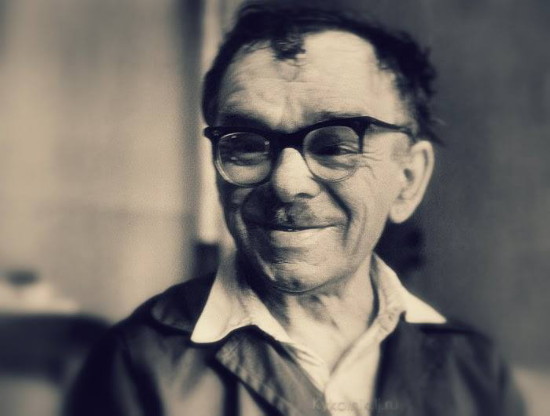Nykyfor
Nykyfor [Никифор; real name: Дровняк, Епіфаній; Drovniak, Epifanii; Polish: Nikifor Krynicki], b 21 May 1895 in Krynytsia (Krynica), Nowy Sącz county, Galicia, d 10 October 1968 in Krynytsia (Krynica). Lemko naive painter. A deaf son of a beggar woman, he supported himself from his teens by begging for food or a few coins in exchange for his small drawings and watercolors. He was discovered by Ukrainian and Polish artistic circles in the 1930s. With the help of Roman Turyn, one of his earliest discoverers, his works were exhibited in Paris in 1932. Over 100 of his works were included in an exhibition of self-taught artists held by the Association of Independent Ukrainian Artists in Lviv in 1938. Like other Lemkos, he was deported to northern Poland by the Polish authorities during Operation Wisła after the Second World War. He returned illegally twice to Krynytsia before he was allowed to stay. In the 1950s and 1960s his works were exhibited in London, Rome, Belgrade, Amsterdam, Paris, Brussels, Florence, Liège, Haifa, Vienna, Frankfurt am Main, Chicago, Basel, Rotterdam, Lviv, Kyiv, and New York. In his lifetime Nykyfor produced over 30,000 small color drawings or watercolors depicting existing and imaginary Lemko buildings, churches, landscapes, saints, and individuals (often himself). In style some of his works belong to the Lemko tradition of folk icon painting on glass; others are typical of naive art in general.
BIBLIOGRAPHY
Kataloh vystavky mysttsiv-samoukiv ANUM (Lviv 1938)
Banach, A.; Banach, E. Historia o Nikiforze (Cracow 1966)
Lesych, V. Nykyfor z Krynytsi (Munich 1971)
Sviatoslav Hordynsky
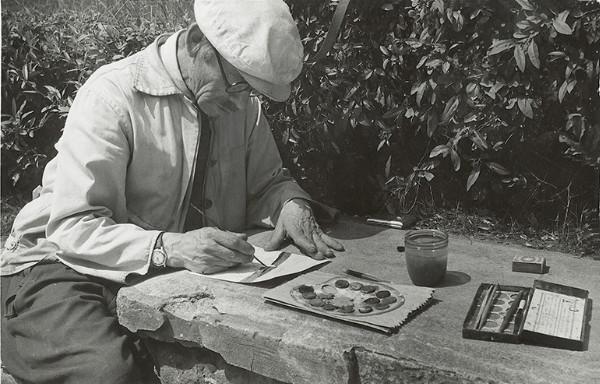
.jpg)
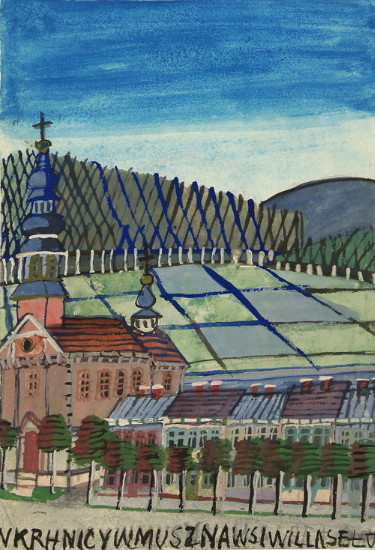
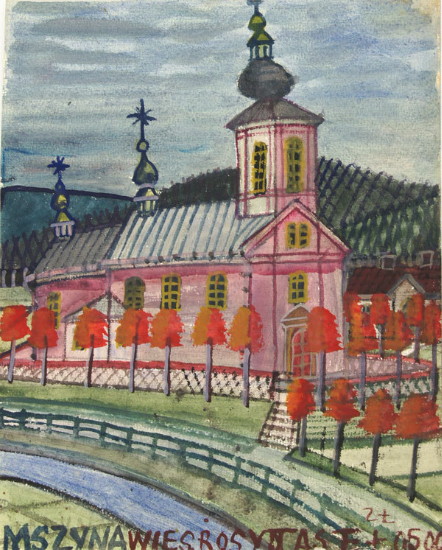
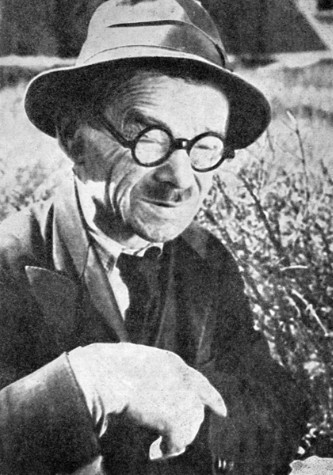
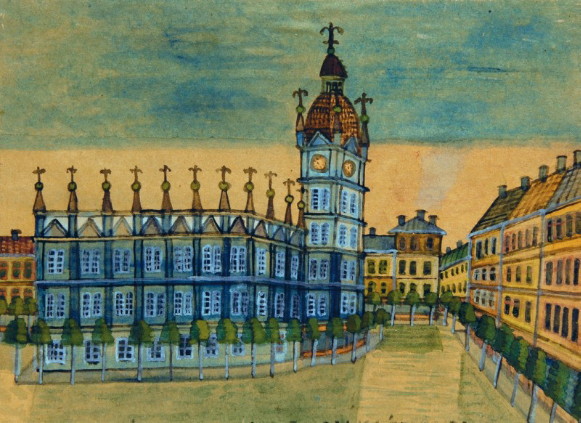
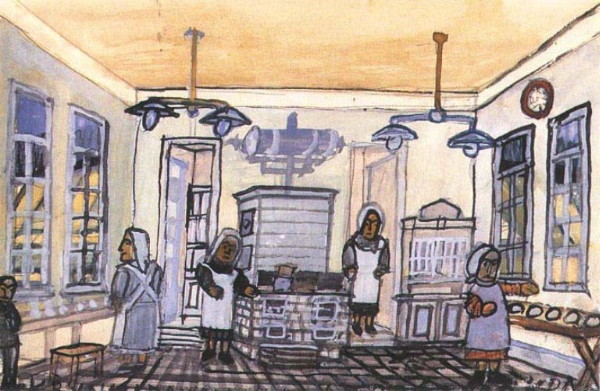
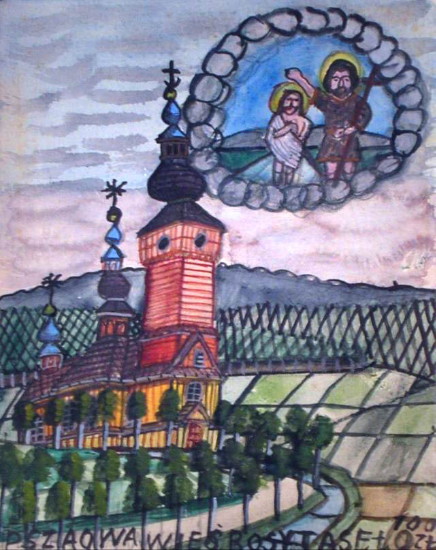
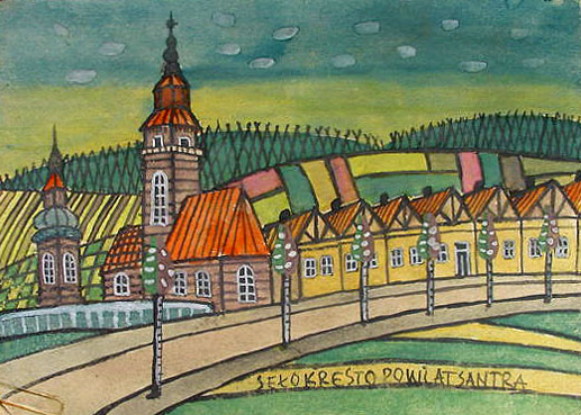
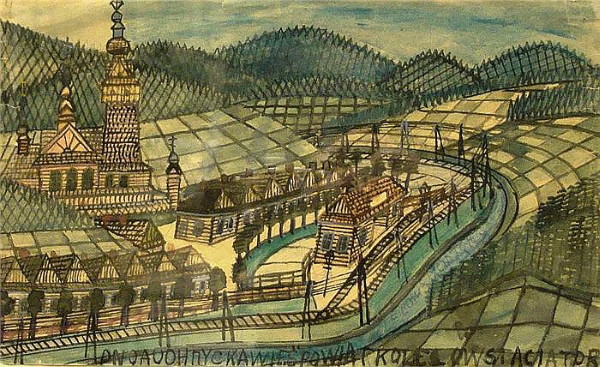
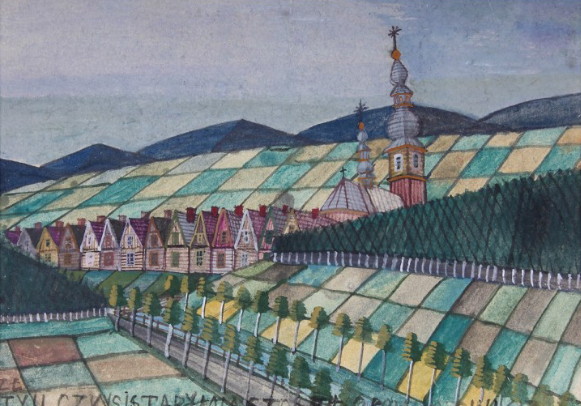
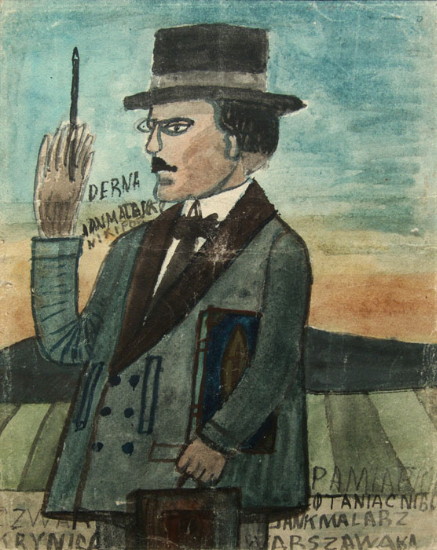
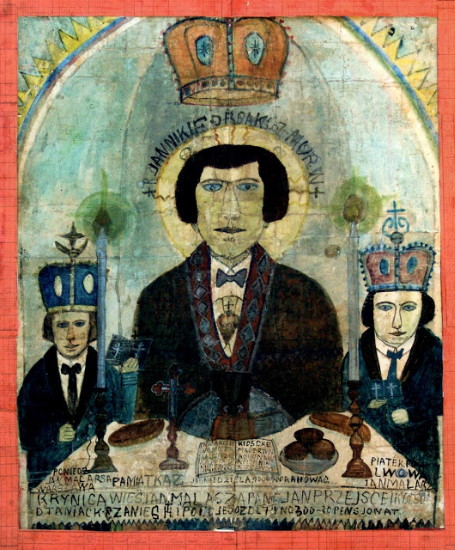
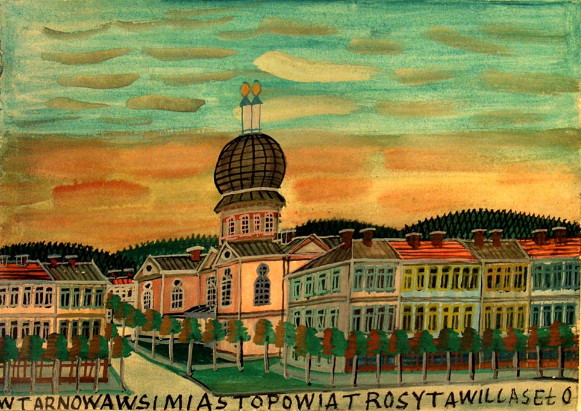
.jpg)
